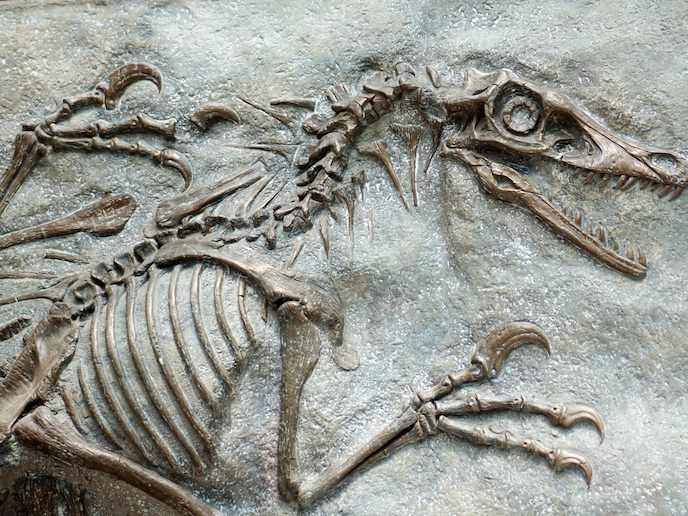Dinosaur anatomy explains bird evolution
Birds evolved from a group of dinosaurs known as theropods about 252 to 66 million years ago. They are notable to evolutionary biologists for the way they rapidly diversified from the ancestral theropods into a multitude of new forms and species. Scientists are not sure, however, what drove this diversification (known as radiation), nor how rapidly new bird species evolved. The EU-funded ERB (The origin of novelties and the evolution of biodiversity during the radiation of birds) initiative wanted to uncover how the different parts of theropods' bodies evolved to give rise to birds' unique features. Developing the ability to fly required unique anatomical changes that can be traced in theropod fossils, as well as those of the earliest birds. However, most evolutionary studies have looked at fossil skeletons as a whole, rather than individual parts. ERB looked at the role that each body part played in the evolution of Coelurosauria, a subgroup of theropods that includes the ancestors of birds. Researchers found that various parts of the skull evolved at different rates in different Coelurosauria clades, with the facial skeleton evolving the fastest. When analysing the rest of the skeleton, researchers discovered that somebody parts shared accelerated evolutionary rates with multiple lineages of birds, while others evolved slowly. The pectoral girdle, the forelimb, the pelvic girdle and the hindlimb all evolved rapidly. ERB's results highlight the important role of limb evolution in birds' ancestors' transition to flight. All Avialae representatives (a theropod group containing flying dinosaurs) showed greater anatomical diversity than most other clades, which peaked around 83.6 million years ago. Understanding the relative influence of anatomical regions of the Coelurosaurian skeleton on avian radiation will provide a functional perspective on why birds evolved unique traits. This may help explain whether the great diversity of birds was driven by the development of flight, or whether other anatomical functions played a role.







